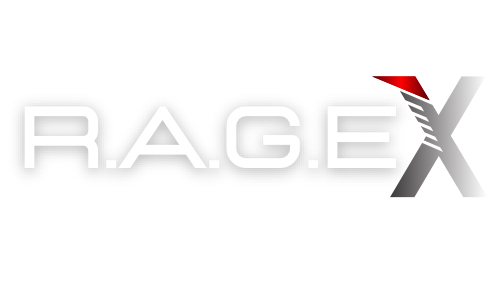Shahed-136: Overview of Iran’s Precision-Attack Loitering Munition
📍 Developed by: Iran Aircraft Manufacturing Industrial Company (HESA), a subsidiary of Iran Aviation Industries Organization (IAIO), under the control of Iran’s Ministry of Defense and Armed Forces Logistics.

Key Details of the Shahed-136:
- Description: The Shahed-136 is a precision-attack loitering munition, also known as a “suicide drone,” designed for long-range kamikaze attacks. This drone has been in service with the Iranian military since 2021 and has been deployed by Russian forces in the conflict against Ukraine, where it is rebranded as the Geran-2 (Geranium-2).
- Specifications:
- Dimensions: 3.5 meters in length, 2.5 meters in width.
- Weight: 200 kg.
- Design: Delta-wing shape with stabilizing rudders at the wing tips. It has a centralized fuselage blended into the wings.
- Warhead Capacity: Capable of carrying up to 40 kg of warheads in the nose section.
- Launch Platform: Can be launched from military or commercial trucks using a rocket-assisted takeoff system.
- Propulsion: Powered by a Mado MD550 four-cylinder, two-stroke piston engine located at the rear, which drives a two-blade pusher propeller.
- Performance:
- Maximum Speed: 185 km/h.
- Range: Up to 2,500 km.




Role in Conflicts:
- Ukraine War: According to the UK’s Ministry of Defence, Russian forces have likely launched at least 71 Shahed-series UAVs against various targets in Ukraine since March 2023. These drones, labeled as Geran-2 by Russia, have been part of Russia’s broader strategy of using unmanned aerial vehicles (UAVs) to conduct precision strikes.
- Manufacturing and Support: The Shahed Aviation Industries Research Center, part of the Islamic Revolutionary Guard Corps Aerospace Force (IRGC ASF), is responsible for the design and production of the Shahed-series drones being utilized by Russian forces.
Other Variants of Shahed-Series UAVs:
- Shahed-131 (Geran-1): A smaller version of the Shahed-136, used by Russian forces. It has wingtip stabilizers that extend upwards, unlike the Shahed-136.
- Shahed-121 and Shahed-123: Unarmed Intelligence, Surveillance, and Reconnaissance (ISR) variants, with the Shahed-123 having been deployed in Syria in 2013.
- Shahed-171: Launched in 2014 and modeled after the US RQ-170 UAV, which Iran captured in 2011.
- Shahed-129: A reconnaissance and attack drone with a payload capacity of 400 kg, a range of 2,000 km, and up to 24 hours of endurance.
- Shahed-149 (Gaza): The largest variant, resembling the American MQ-9 Reaper. It is a medium-altitude long-endurance (MALE) UAV launched in 2021.
- Other Variants: Include Shahed-141, Shahed-191, and Shahed-783.
Controversies Surrounding the Shahed-Series UAVs:
- Regional Conflicts: Shahed drones have been allegedly used in various conflicts, including Syria and Yemen. In 2018, Israel claimed to have downed a Shahed-series drone that infiltrated its airspace from Syria. The U.S. has also accused Iran of supplying Shahed-136 UAVs to Houthi rebels in Yemen, where they were reportedly used against Saudi Arabian oil facilities in 2019.
- Sanctions by the EU and U.S.: Following the use of Shahed-series drones by Russia in Ukraine, the European Union imposed sanctions on Iran in October 2022 for supplying drones to Russia. The United States followed with sanctions against firms involved in the production and transfer of these UAVs in November 2022.
The Shahed-136 and its variants represent a significant part of Iran’s UAV capabilities and have been at the center of several geopolitical controversies due to their deployment in various conflict zones. The drones’ role in precision strikes and their transfer to countries like Russia highlight ongoing concerns about the proliferation of unmanned aerial systems and their impact on global security dynamics.
Shahed136 #UAV #Iran #Russia #MilitaryTechnology #Geopolitics
CIS Security: Your Global Security Advisor
At CIS Security, we provide in-depth analysis and updates on global military technology and geopolitical developments. From UAV capabilities to cyber threats, our insights ensure you stay informed on emerging security challenges. Explore our services at cissecurity.net and cissecurity.pro, or contact us directly at info@cissecurity.net.




